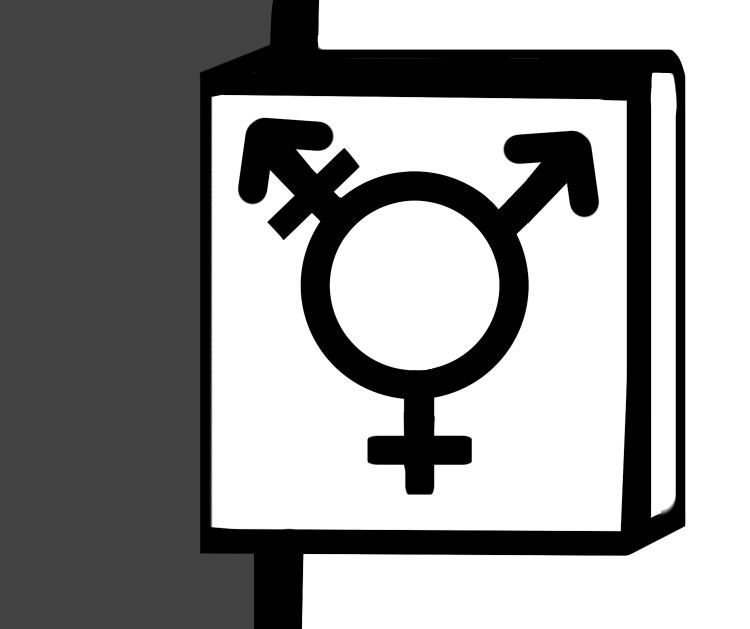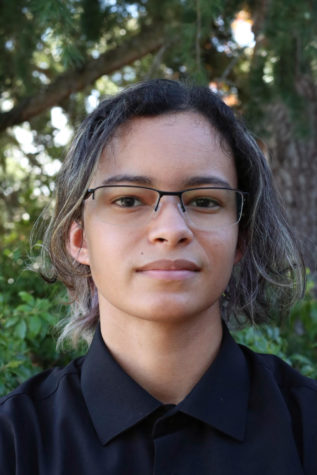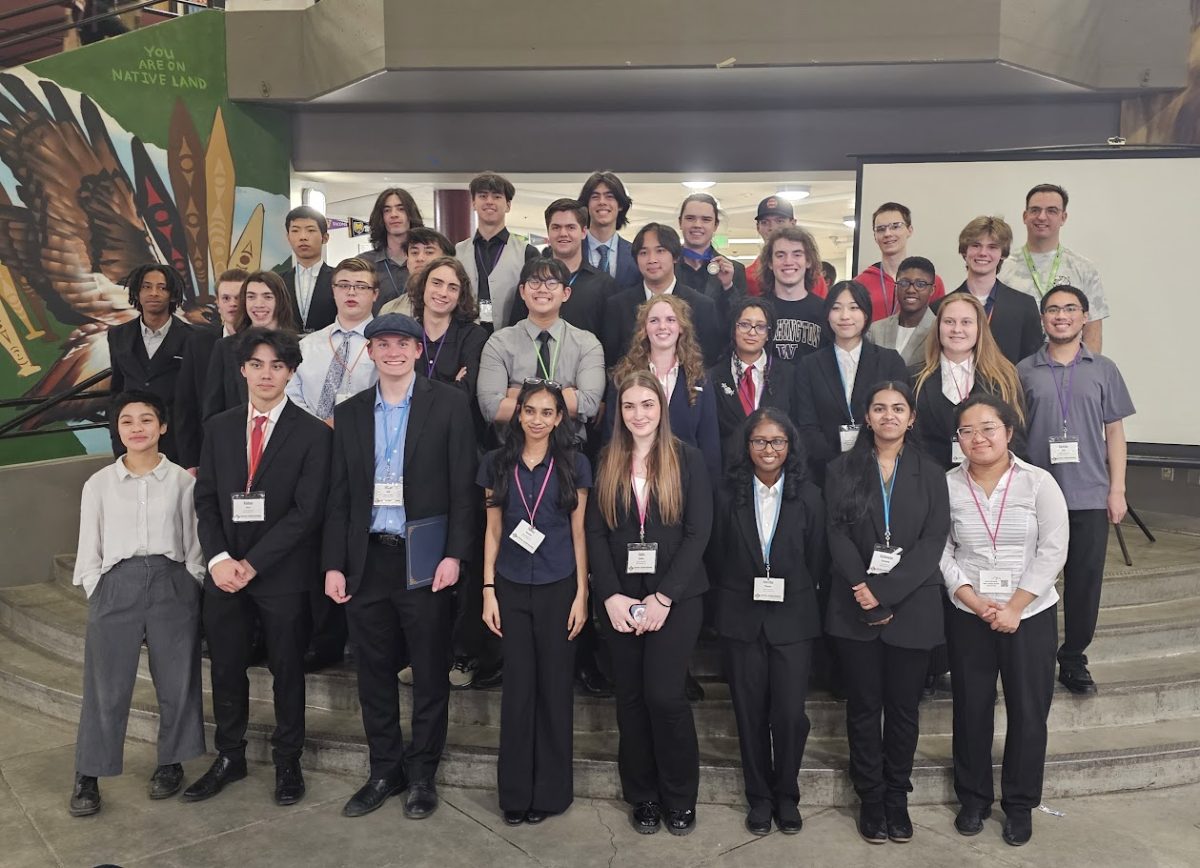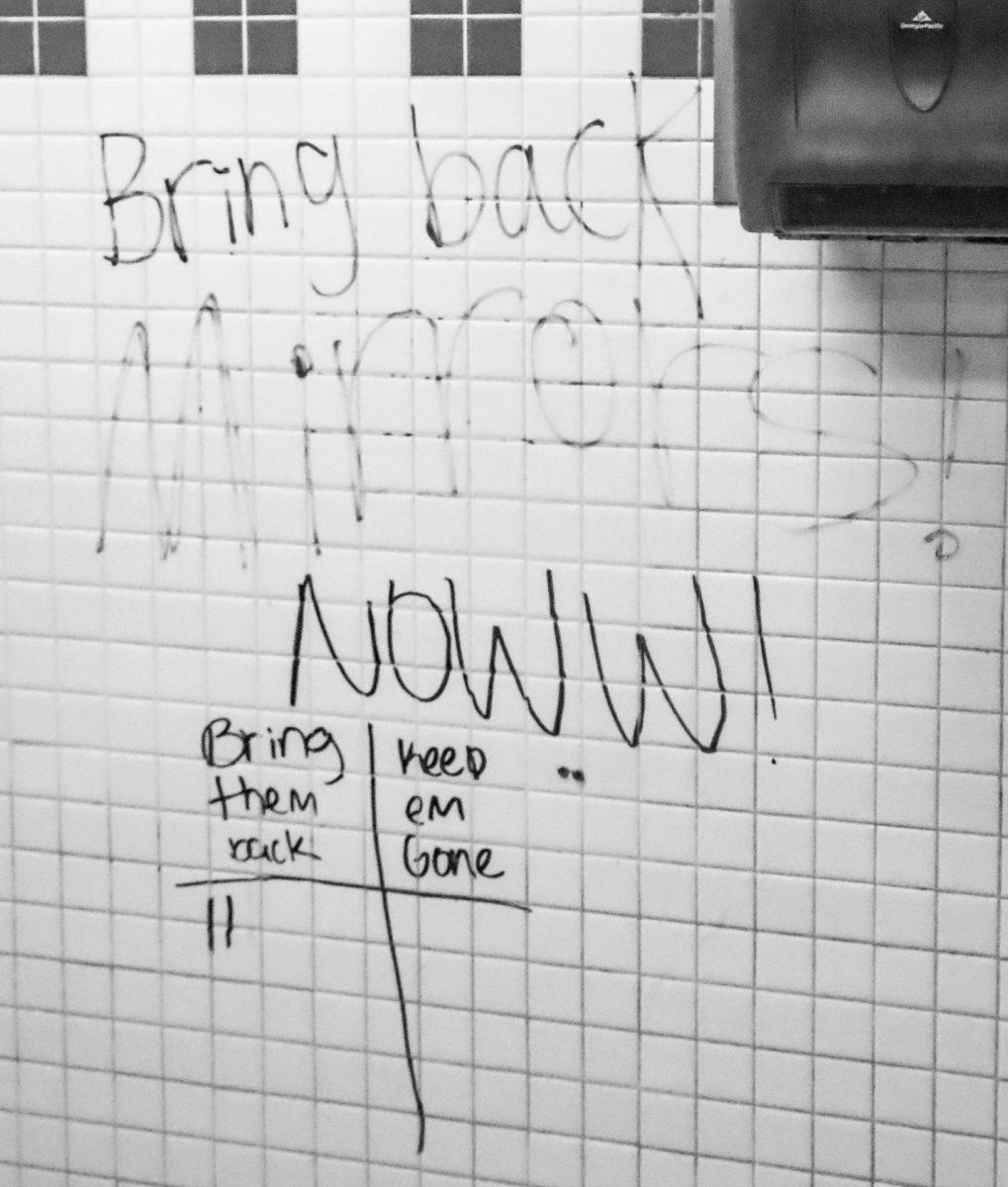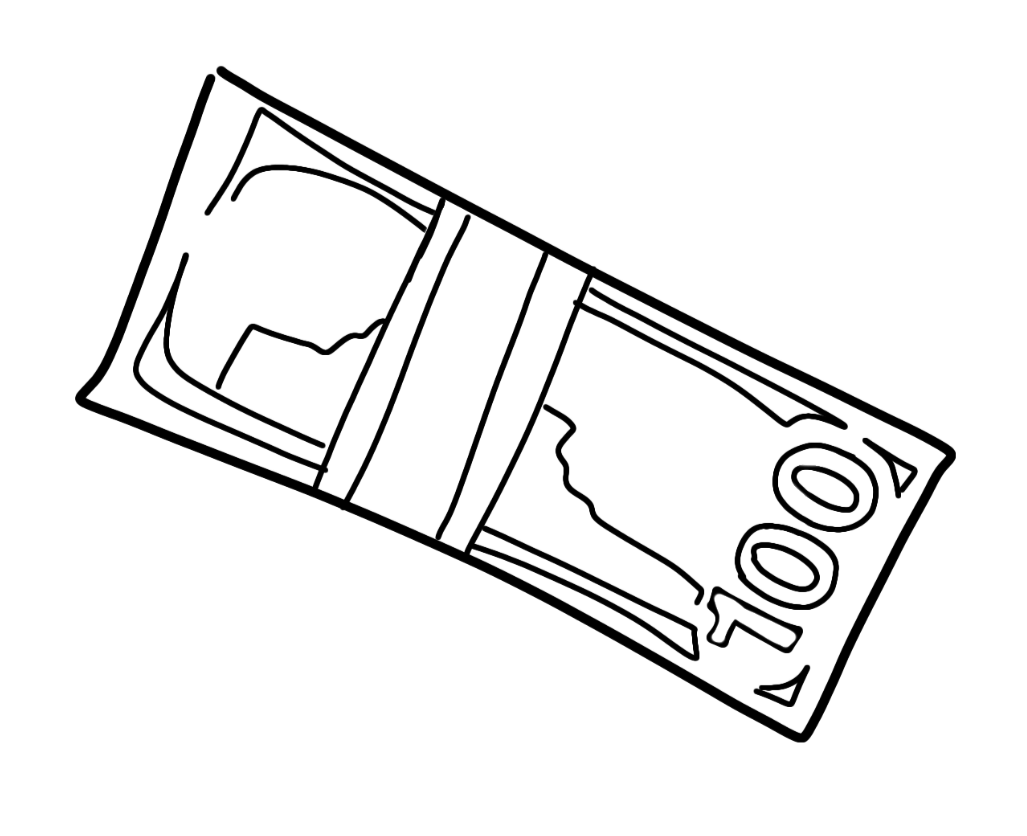Walking down the music hallway, the bathrooms by the entrance to the wing are much different than they were last summer. What were previously women’s and men’s bathrooms side by side are now two gender-neutral bathrooms. As the district is taking initiative to build more inclusive and safe spaces for transgender students at our school, this change takes the shape of one of the first movements.
This is just one step the district is taking to be more inclusive for LGBT+ students after many voiced the need for bathrooms inclusive to all genders.
Terrace, like many schools around the nation, has changed bathrooms to make the school a safer and more comfortable space for students. Talk of the building getting an all-gender bathroom started last school year after it was voiced to the district that they were needed.
“We want to do some small physical changes to the bathroom,” Principal Greg Schellenberg said. “We want to communicate it out to folks adequately, so my hope is as soon as possible.”
MTHS is one of two schools in the Edmonds School District (ESD) installing gender-neutral bathrooms for the 2022-2023 school year, the other school being Lynnwood High School.
“The district is trying to do this as a pilot project at a few schools to see how to best implement this,” Assistant Superintendent Greg Schwab said, explaining why just two schools have participated in the change so far.
Due to the fact that the schools in the district were all built at different times, they all have different layouts, which complicates the new additions and construction as it’s not one size fits all.
“Each has some unique things we need to work through in order to implement this well,” Schwab said.
However, the different times of construction will have a benefit going forward. Newer schools and future schools are beginning to be built with gender-neutral bathrooms in mind.
“Madrona School is a good example of this new construction approach,” Schwab said. “It was built with gender-neutral bathrooms in mind.”
The gender-neutral bathrooms have few alterations from the binary men’s-women’s bathrooms, though. Currently, the established changes being made to both Lynnwood and Terrace are extending the stall length to the floor and higher up to provide more privacy. For now there are no other differences, as so far, there has been no opportunity for students to give feedback.
“I expect that we will get some feedback on this as we implement the pilot. It is still new enough that there hasn’t been much of a chance to get feedback, but we expect to gather feedback this year,” Schwab said.
In the coming years there will be added changes upon receiving feedback to improve the privacy and inclusiveness of people’s needs while using these bathrooms. Providing feedback to the district and overall need for changes allows the district to make changes to be more accommodating for students and families.
While these bathrooms only have one big change so far, future feedback will not only allow the schools to change the existing all-gender bathrooms, but also influence the implementation of gender-neutral bathrooms at other schools.
“For gender-neutral bathrooms we are working with individual schools initially,” Schwab said. “We are trying to do this as a pilot project at a few schools to see how to best implement this.”
These bathrooms, as well as all of the girl’s bathrooms, are also expected to provide menstrual products, after Washington State passed legislation to require schools from grades 6-12 for the 2023 school year and beyond to provide menstrual products for students.
Prior to this, MTHS has only provided menstrual products in the women’s bathroom under the gym, which has often had the problem of being ill-stocked. As Terrace and Lynnwood H. S. are the only schools piloting this, in addition to Madrona K-8 school already providing one, other schools in the district have had to make accommodations for students who feel more comfortable using a different bathroom other than the binary restrooms. Many schools have their own way to help students who would prefer to not use the binary restrooms and locker rooms.
The more common approach is “providing students with access to more private restroom facilities,” according to Schwab.
“While it is not ideal, it is a temporary solution while we continue to work on addressing this as a system. For those who are feeling like we are not moving fast enough, I understand and we are working to correct many years of construction that did not take this into consideration when schools were previously built.”


